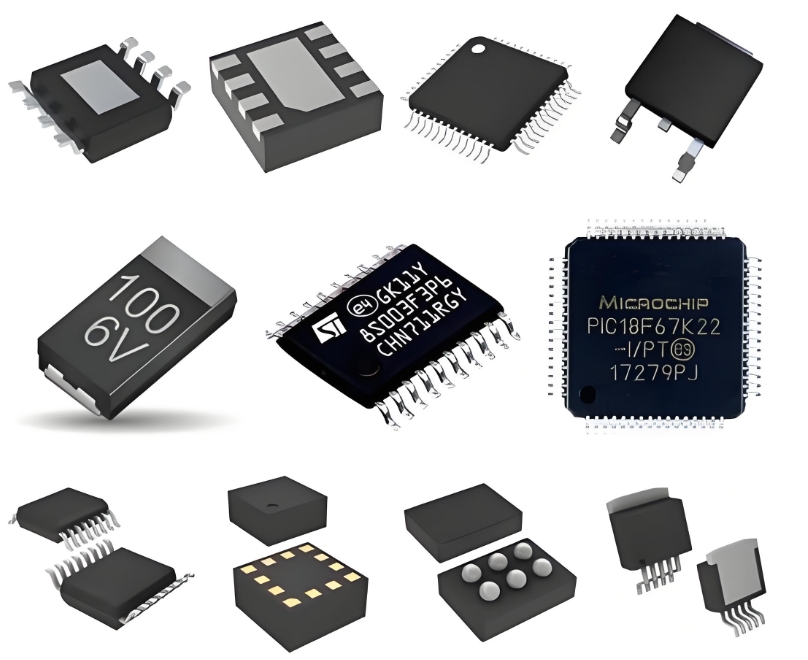**The AD557JPZ: A Comprehensive Technical Overview of the Complete Voltage Output DAC**
In the realm of digital-to-analog conversion, the concept of a "complete" DAC signifies a device that integrates all the necessary components to provide a ready-to-use analog output from a digital input with minimal external support. The **AD557JPZ from Analog Devices** stands as a quintessential example of this category, representing a benchmark for compact, monolithic voltage-output DACs. This article provides a detailed technical examination of this influential integrated circuit.
As a member of the AD557 family, the JPZ suffix denotes a commercial temperature grade device packaged in a plastic DIP. Its core architecture is built upon an **8-bit, current-switching DAC** coupled with a precision buried Zener voltage reference and an output amplifier. This highly integrated design is its most defining feature, eliminating the need for external precision reference components or trimming potentiometers, which simplifies board design and reduces overall system cost and size.
The device operates from a single +5V to +15V supply voltage, with a typical operating supply of +5V. A key advantage of its internal design is the **laser-trimmed, full-scale output voltage**, which is set to a precise 2.56V when operating from a +5V supply. This specific value is strategically chosen; each Least Significant Bit (LSB) step corresponds to exactly 10mV, making it exceptionally convenient for microcontroller-based systems and simplifying code calibration. The output amplifier is configured to provide this voltage range from 0V to 2.55V.
The internal **buried Zener reference** is critical to the DAC's performance. This type of reference offers superior stability and lower noise compared to standard bandgap references, contributing to the device's overall accuracy and long-term reliability. The output amplifier is capable of sinking and sourcing sufficient current to drive a wide array of loads, further enhancing its utility as a standalone solution.
Performance specifications solidify the AD557JPZ's position as a robust and reliable converter. It typically offers **±0.5 LSB maximum nonlinearity error**, ensuring a highly monotonic transfer function essential for control and measurement applications. The settling time to within ±½ LSB of its final value is a swift 1µs for a full-scale step, enabling its use in dynamic signal reconstruction and rapid control loops. Furthermore, its low power consumption of approximately 75 mW aligns with the efficiency requirements of modern embedded systems.
The applications for the AD557JPZ are vast and varied. It is ideally suited for **microprocessor-controlled systems**, serving as a simple and efficient interface for generating control voltages. It finds extensive use in digital-controlled gain/attenuation, programmable power supplies, mechanical actuator positioning, and industrial process control systems. Its simplicity and completeness make it an excellent educational tool for understanding the fundamentals of digital-to-analog conversion.

Despite the advent of higher-resolution and faster converters, the AD557JPZ remains relevant due to its unparalleled simplicity, robustness, and cost-effectiveness for 8-bit applications where its built-in features precisely match the system requirements.
**ICGOODFIND:**
The AD557JPZ is the epitome of a complete, monolithic voltage-output DAC. Its genius lies in its profound integration—a **laser-trimmed internal reference**, output amplifier, and fixed output range—which delivers a simple, precise, and cost-effective solution for 8-bit digital-to-analog conversion, cementing its legacy as a fundamental component in electronic design.
**Keywords:**
1. **Complete Voltage Output DAC**
2. **Monolithic Integration**
3. **Laser-Trimmed Internal Reference**
4. **8-Bit Resolution**
5. **Microprocessor Interface**
